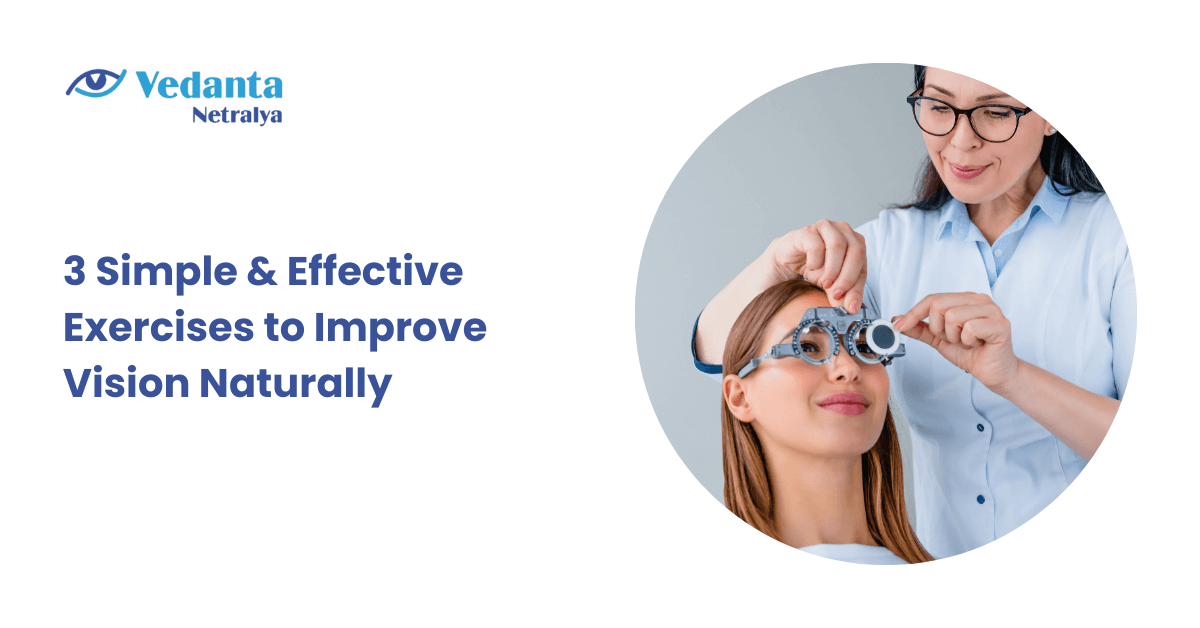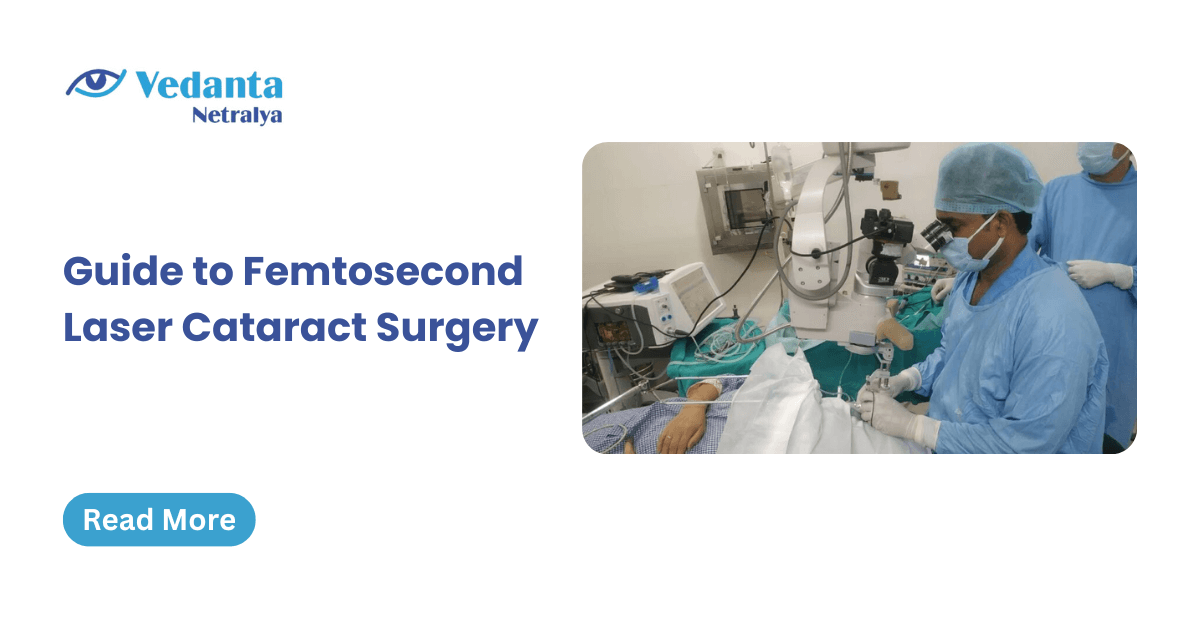
Individuals have strongly advocated for eye exercises as a “natural” remedy for visual issues such as poor eyesight. Despite this, there is a paucity of credible scientific evidence to support the idea that eye exercises can improve vision. Nonetheless, such exercises may be beneficial in terms of reducing eyestrain and promoting eye comfort.
Eye strain is a common problem caused by long periods of working from home, taking online classes, and participating in leisure activities at home. This condition causes eye muscle fatigue, resulting in symptoms such as drying, itchiness, watering, and even blurred vision.
3 Simple & Effective Exercises to Improve Vision Naturally
These eye workouts are ideal for people with hectic schedules because they are simple, time-efficient, and do not require any equipment. The exercises presented below can help reduce eye fatigue and provide eye relaxation while working:
The Palming Workout
Here’s an exercise that can help you relax your eyes. Rest your fingers on your brow and your palms over your eyes for a few moments. Gently place your hands over your eyes without applying too much pressure. This method can help you relax your mind and body while at work, allowing you to focus more effectively.
You can also read: An Introduction to Laser Cataracts Surgery: Meaning, Benefits, & Treatment
Cold and Hot Compressing
Prepare two bowls of cold water and one of hot water. In each bowl, place one end of a towel or washcloth. Begin by applying a hot compress to your brows and eyes for at least 5 seconds before swapping to a cold compress. To get the most out of this treatment, keep doing it at least five times.
The blinking workout
Blinking has become less common as a result of the widespread use of digital media and shorter attention spans. Blinking, on the other hand, is an excellent exercise for tired, irritated, or dry eyes. If you blink quickly for 5 seconds, you should notice an immediate reduction in symptoms.
Get a comprehensive dilated eye exam regularly, even if you don’t notice any problems. Know your family history and risk factors for eye diseases, and wear polarized sunglasses. Maintain a healthy diet and wear corrective lenses if needed.

